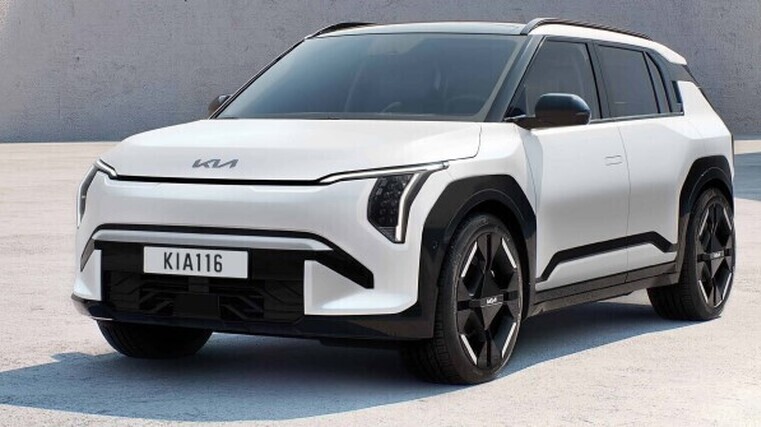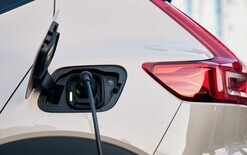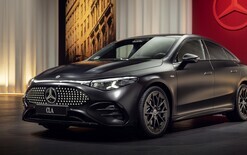Boost for electric models

Electric utes, vans and sports cars from a variety of brands will hit the Australian market over the next 12 months in what’s expected to become a milestone year for zero and low-emissions vehicles there.
Industry experts say the race will be triggered by legislation that sets a pollution cap on new vehicles across the Tasman for the first time.
That said, a late start for enforcement and tough economic conditions could slow Australia’s progress towards EV targets.
The country’s new-vehicle efficiency standard (NVES) came into force on January 1 – one for passenger vehicles and another for light commercials.
The limits are designed to encourage carmakers to balance sales of high polluters with electric and hybrid models.
The standard affected the market there before its launch according to the Australian Electric Vehicle Association with many emerging and established brands announcing plans to import EVs and plug-in hybrids (PHEVs).
National president Chris Jones says: “It’s going to be an exciting year, and there will be lots more makes and models hitting our shores. We’ve always been a diverse, competitive vehicle market.”
Reaction to the launch of BYD’s Shark 6 plug-in hybrid ute, which attracted around 4,000 pre-orders, shows Australians are eager to adopt low-polluting vehicles, Jones adds, although many consumers there are waiting for options that suit them.
Hussein Dia, professor of future urban mobility at Swinburne University in Melbourne, says a lot more electric challengers will arrive across the Tasman in 2025.
“There will be an influx of cheaper vehicles and models from China. They are challenging many of the established brands and we’ve already started to see their impact in Australia.”
New BEVs and PHEVs slated to touch down in Australia this year include Volkswagen’s ID.Buzz, Zeekr’s X, Hyundai’s Inster and Kia’s EV3, pictured.
Newer brands could set price records for EVs that fell in 2024, says Dia, and boost sales for entry-level and luxury vehicles.
“Some of the models we’re expecting from China, for AU$50,000 or AU$60,000 you can get what is comparable to a luxury brand. That could take off.”
Penalties for exceeding pollution limits will not be enforced under the NEVS until July. But some light commercials between 3.5 and 4.5 tonnes will not immediately be required to go through carbon testing. The “loophole” should be closed quickly to prevent misuse, Jones told the Guardian.





